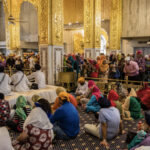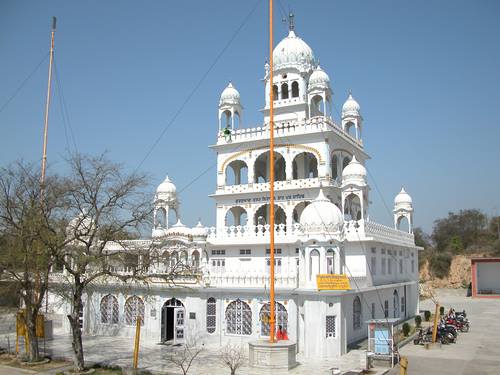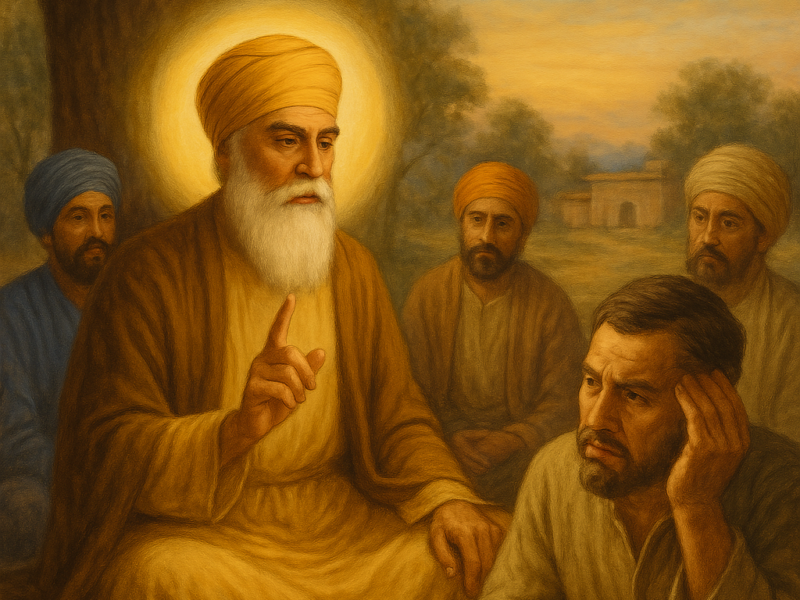Amavasya referred as “masya” in Punjabi language which actually are two words combined with two meanings “ama” which implies together and “vasya” which implies sun and moon aligns together in a straight line. This whole scenario takes place in the end day of the dark half day of the Lunar month. Actually on this day you won’t be able to view moon at all because it will be concealed completely hence the nights would be way too darker than usual days. The lunar chambers or channels, known as naksatras, are the lunar mansions or centres whereby the moon traverses, just as the sun goes through to the 12 constellations of the zodiac. The naksatra whereby the moon travelled at the time of his birth is thought to have a significant impact on a person’s experience.
The day of the calendar when there is no Moon is known as Masya or Amavasya. It is the midpoint of India’s calendars like the Bikrami Samvat and the Nanakshahi Calendar’s 30 lunar cycles. Masya, like Purnima, Punya, or Pooranmashi, happens on the 15th Tithi of Krishna Paksha (Vadi), much as Purnima, Punya, or Pooranmashi happens on the 15th Tithi of Shukla Paksha (Sudi). Masya is considered to be the last day of the month in certain calendars because the new moon is considered the very first day of the month in others.
Significance of Masya
Amvas and Poorgfnima both have an impact on nature and attitude. It is commonly observed that on Amvasya, our subconscious mind or mind is vulnerable, and our moods and behaviors are altered on the night of the full moon.
Our bodily and emotional states are slightly out of whack during Amavs. All of our moods and emotions spiked that night. During Amavas, some individuals lack control of their perceptions and act strangely.
Masya days became linked with certain spiritual activities and precepts. Three pieces containing couplets to suit the lunar days appear in Sikh Scripture, the Guru Granth Sahib, under the term Thiti or Thitm. The difficulty with these works is that no single day is more fortunate than the others. That one day, which is spent focusing on the Divine Names and performing good deeds, is fortunate and well spent.
The day is commemorated by special assemblies in gurdwaras, despite the fact that there is no ceremonial or formal devotion specified in the Sikh religion for Amavas. Sarovars, or sacred tanks, are where devotees assemble for ablutions.
Pitrukram on Amavasya
Pitrukram is best performed on the Amvasya Tithi of each month. However, as per popular folklore, the Ashadha month’s new moon has a symbolic importance.
This month marks the start of the monsoon rains, and it is stated that Pitru Ashadha visits his home on the new moon day to acquire food and water.
On the day of Ashadha Amavs, a huge number of Pitrams are conducted on the banks of holy rivers. Large yajna ceremonies are done on the riverbank to appease the fathers, which is why the Ashadha Amavasya is also referred as Pitrukarma Amavasya.
Fasting Beliefs
Fasting on Amavsya day is thought to provide substantial advantages for believers. It can be seen that the year of Amavs Vrat has a specific Amavsya day. Fasting on Amavs can help someone forget about a prior conviction and find some peace.
Practicing Amavsya Vrat can bring success, wealth, health, riches, and love to a person. Amvasya Pooja, in additional to fasting, may ward off all dark doers and fill your home with positive vibes. Amvasya is a day when we remember and ask for the blessings of our forefathers and mothers.








